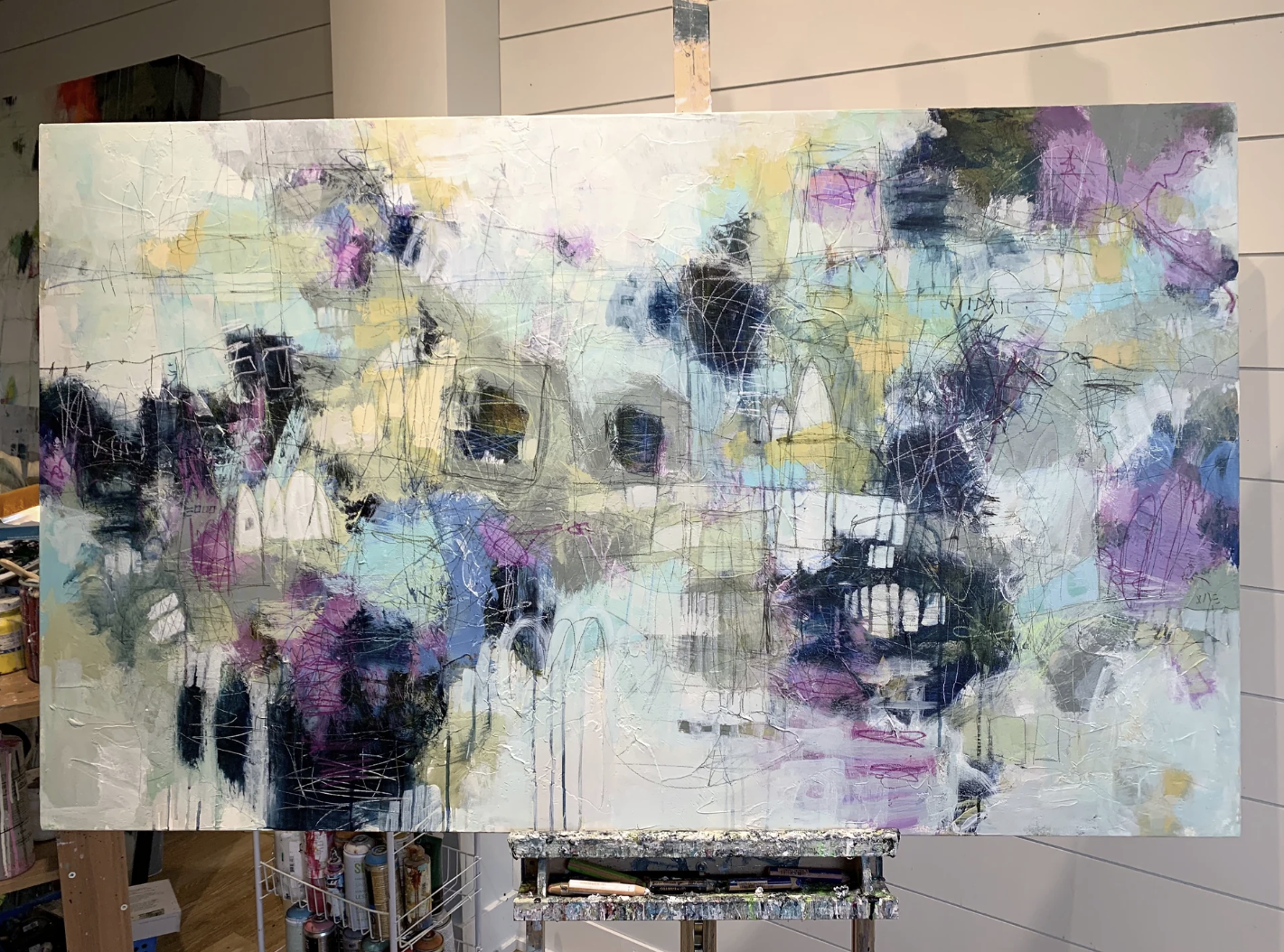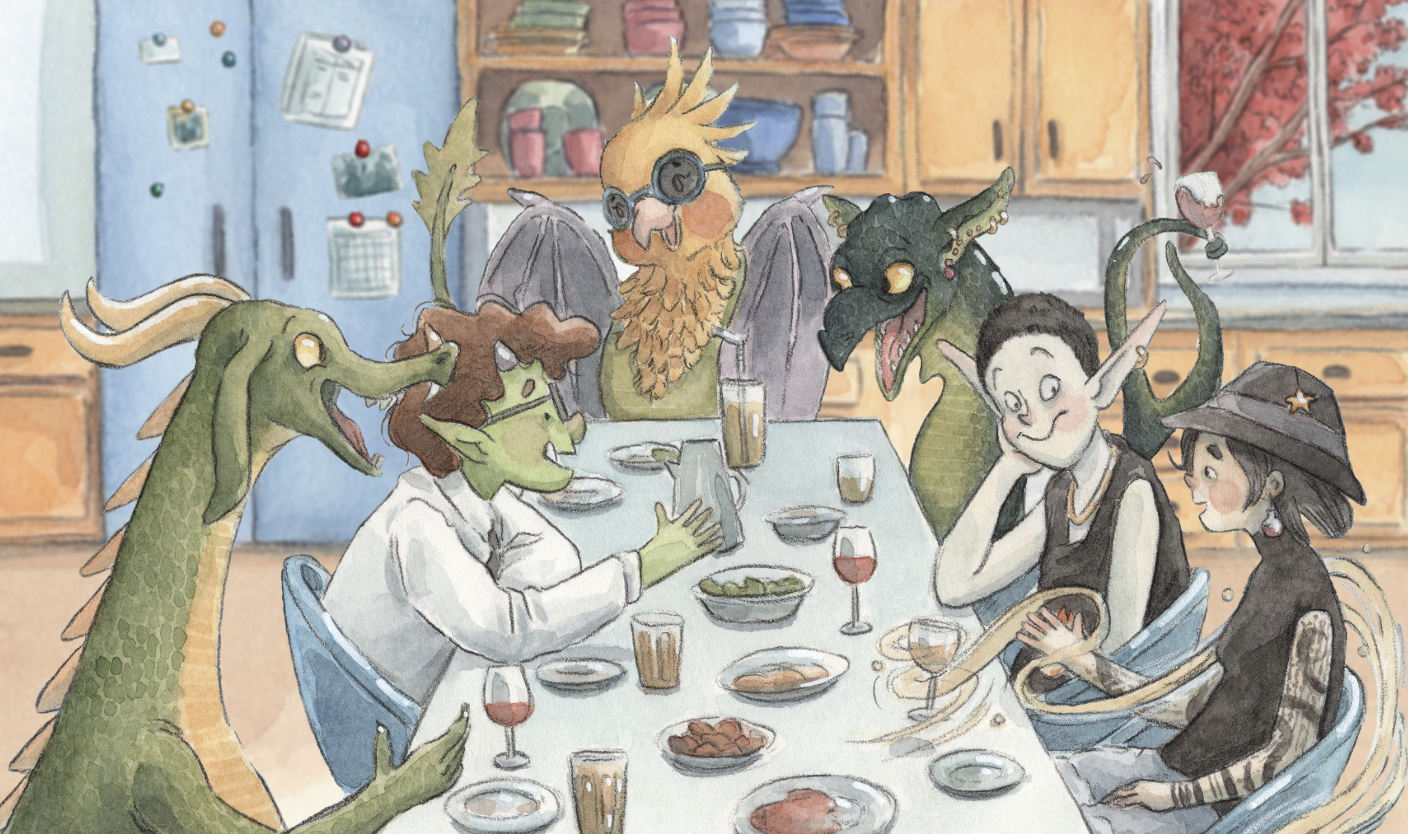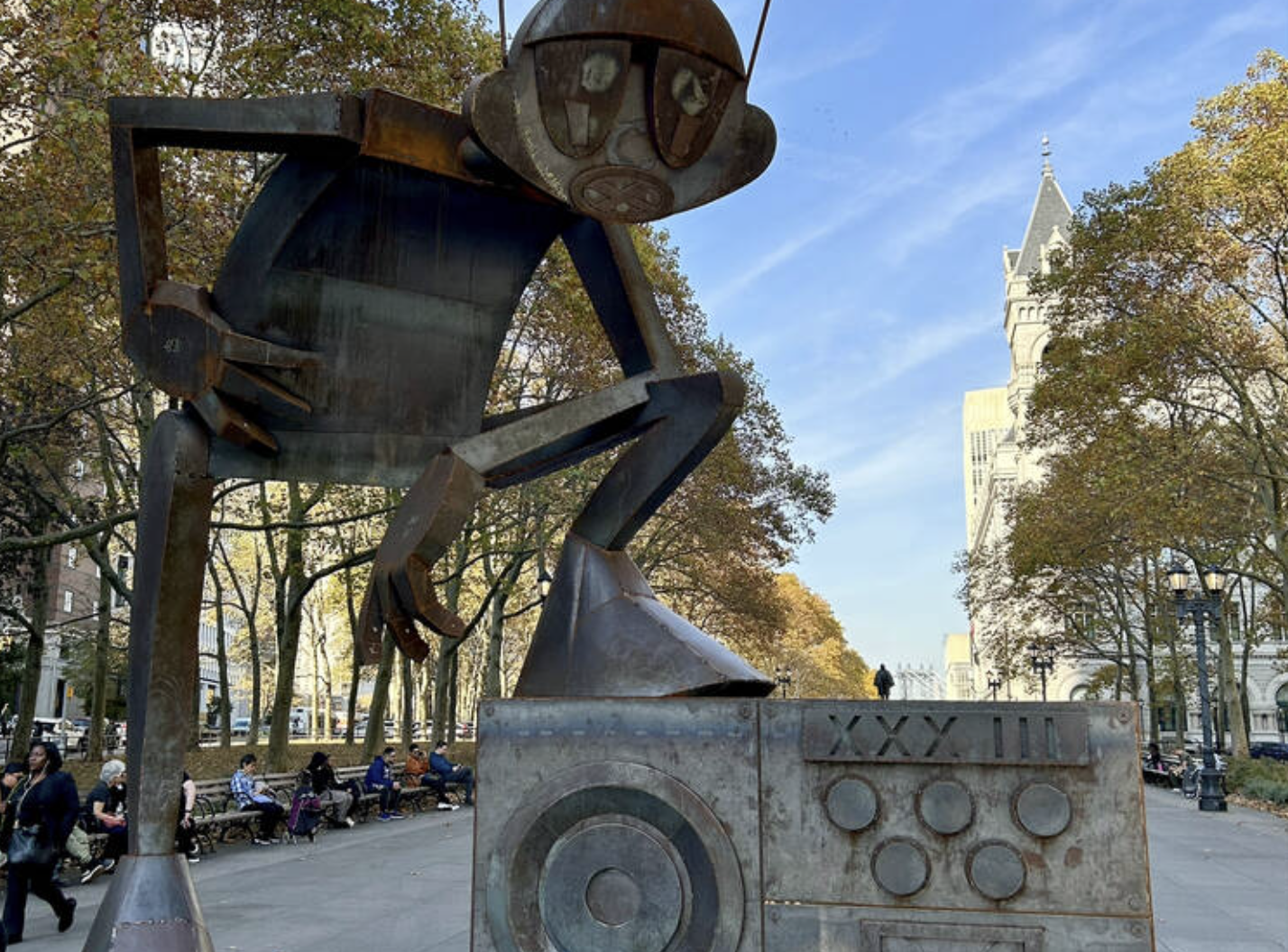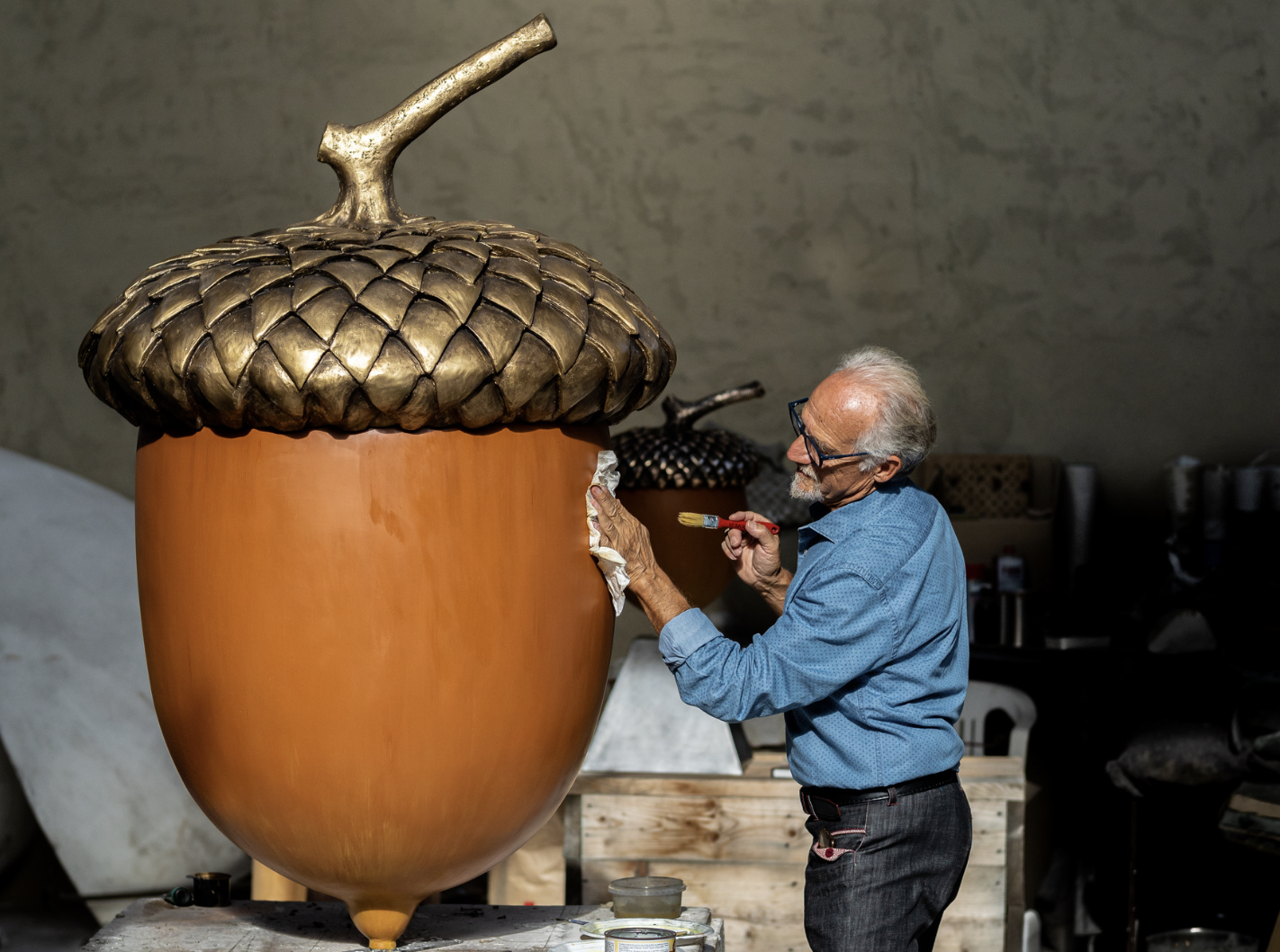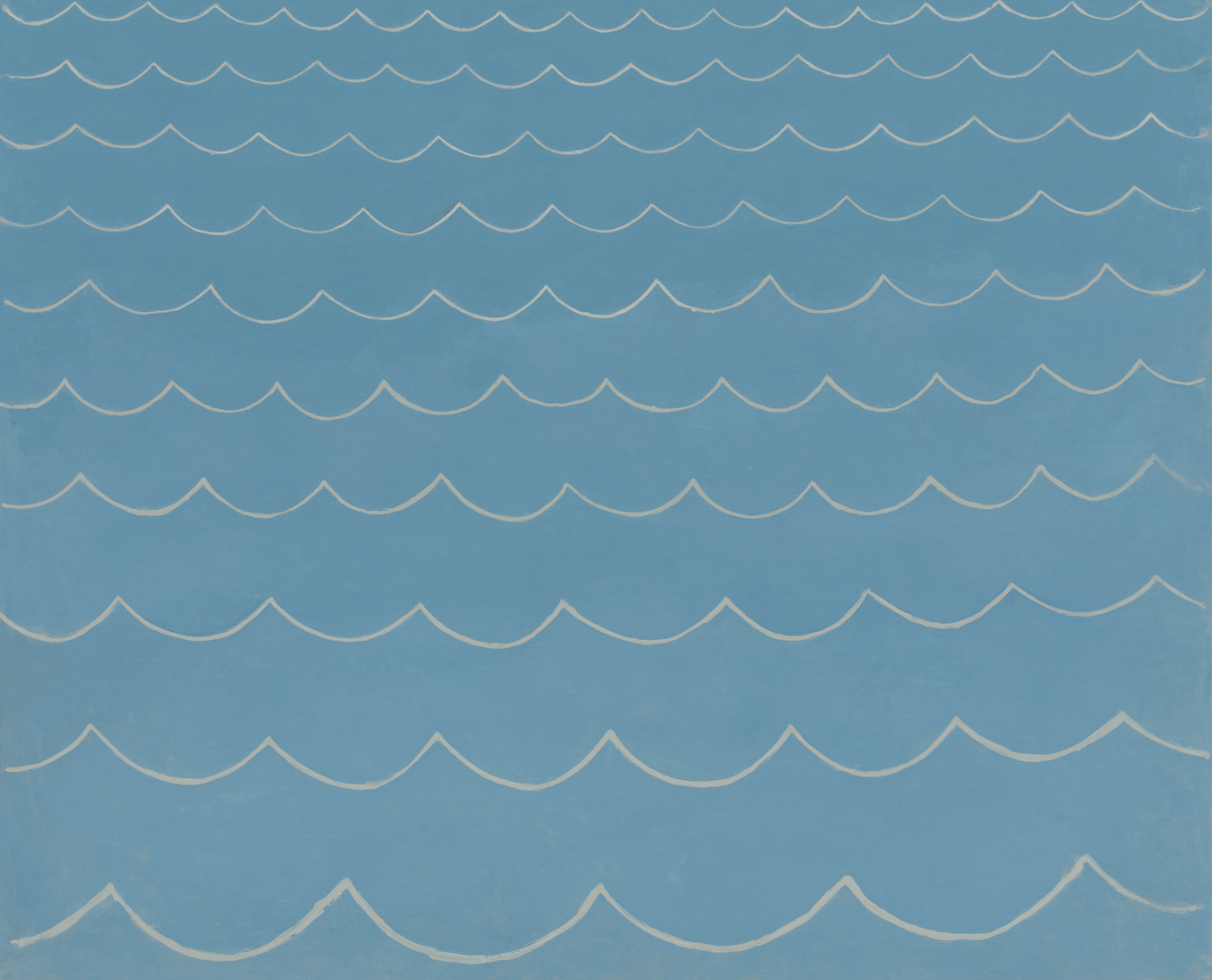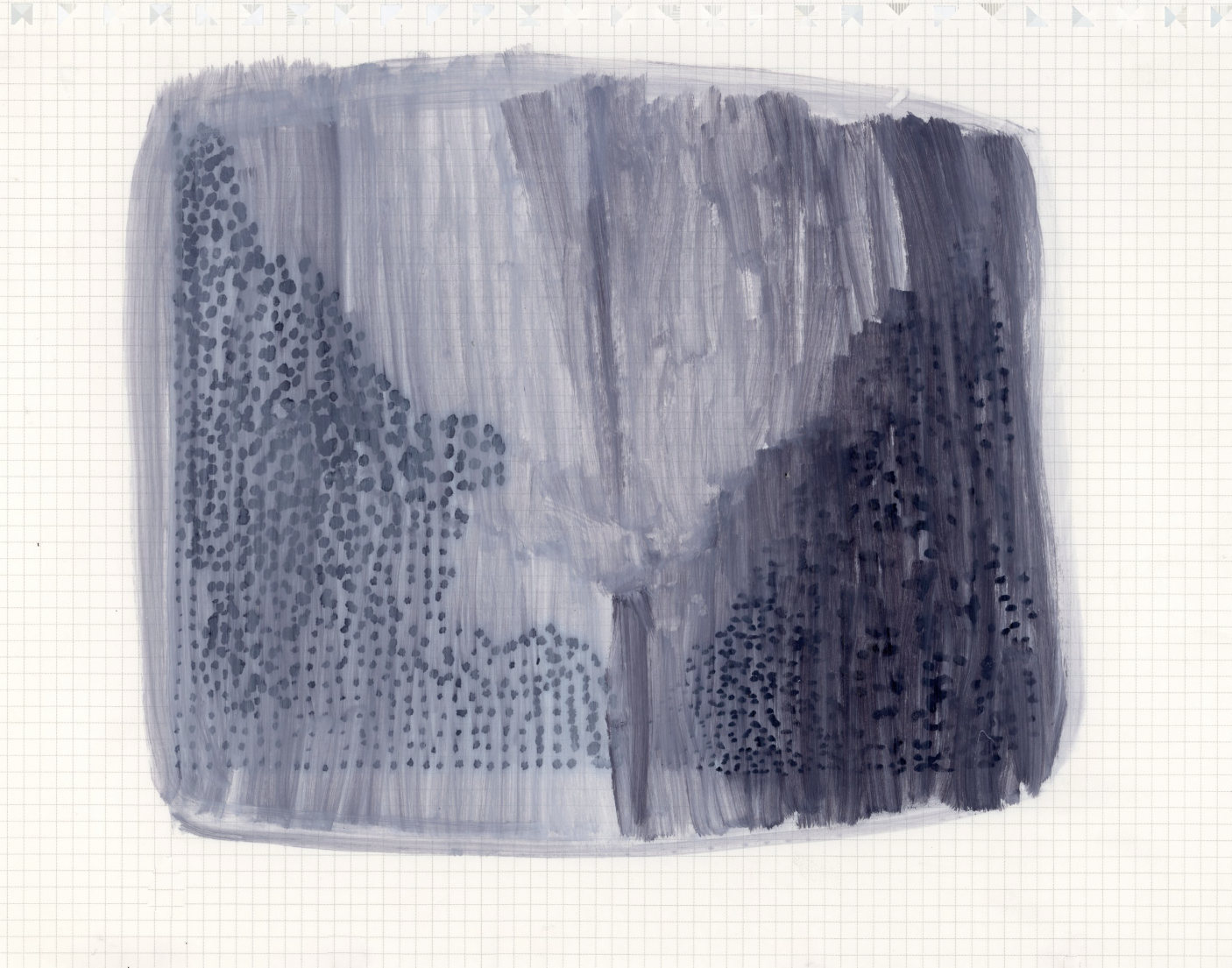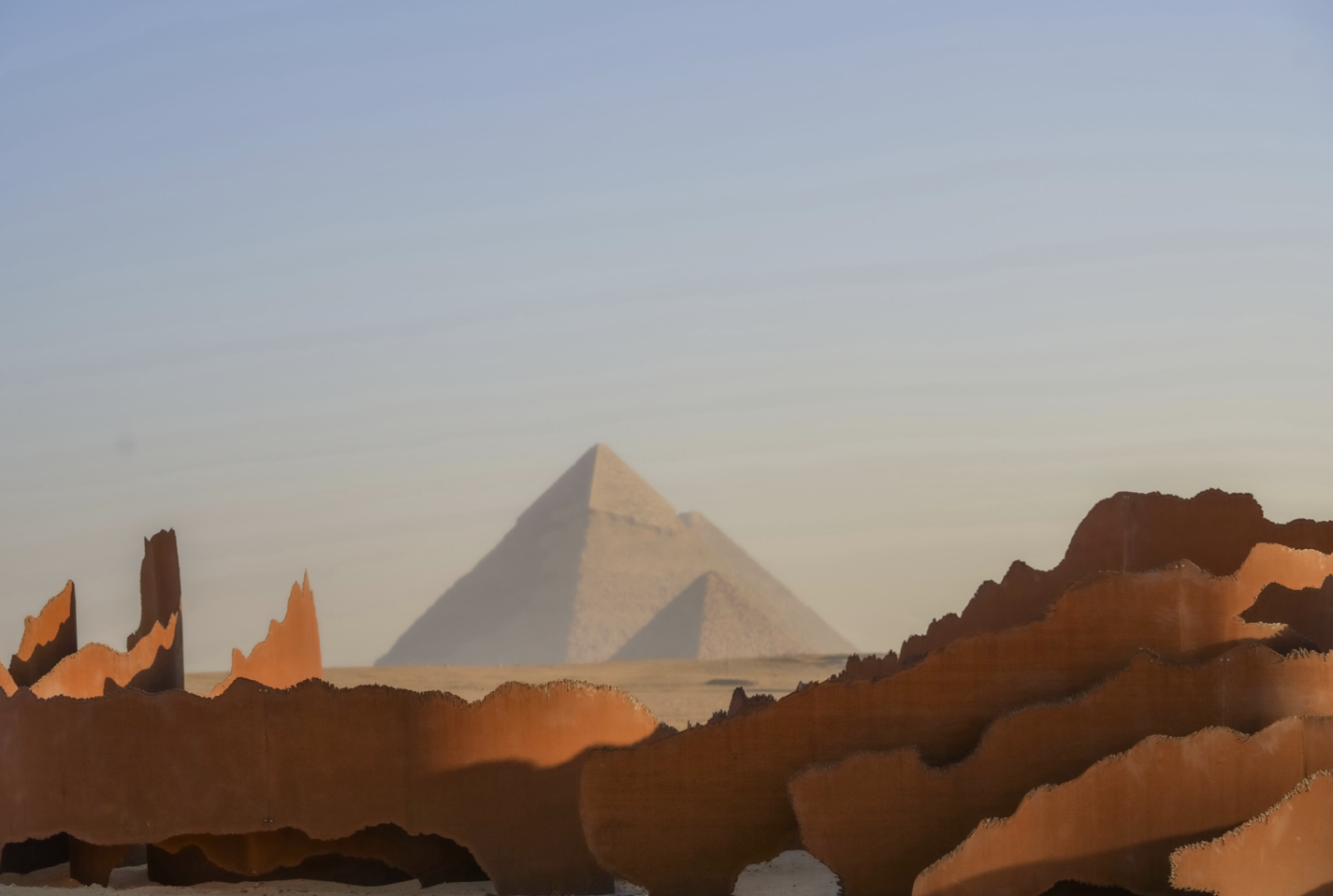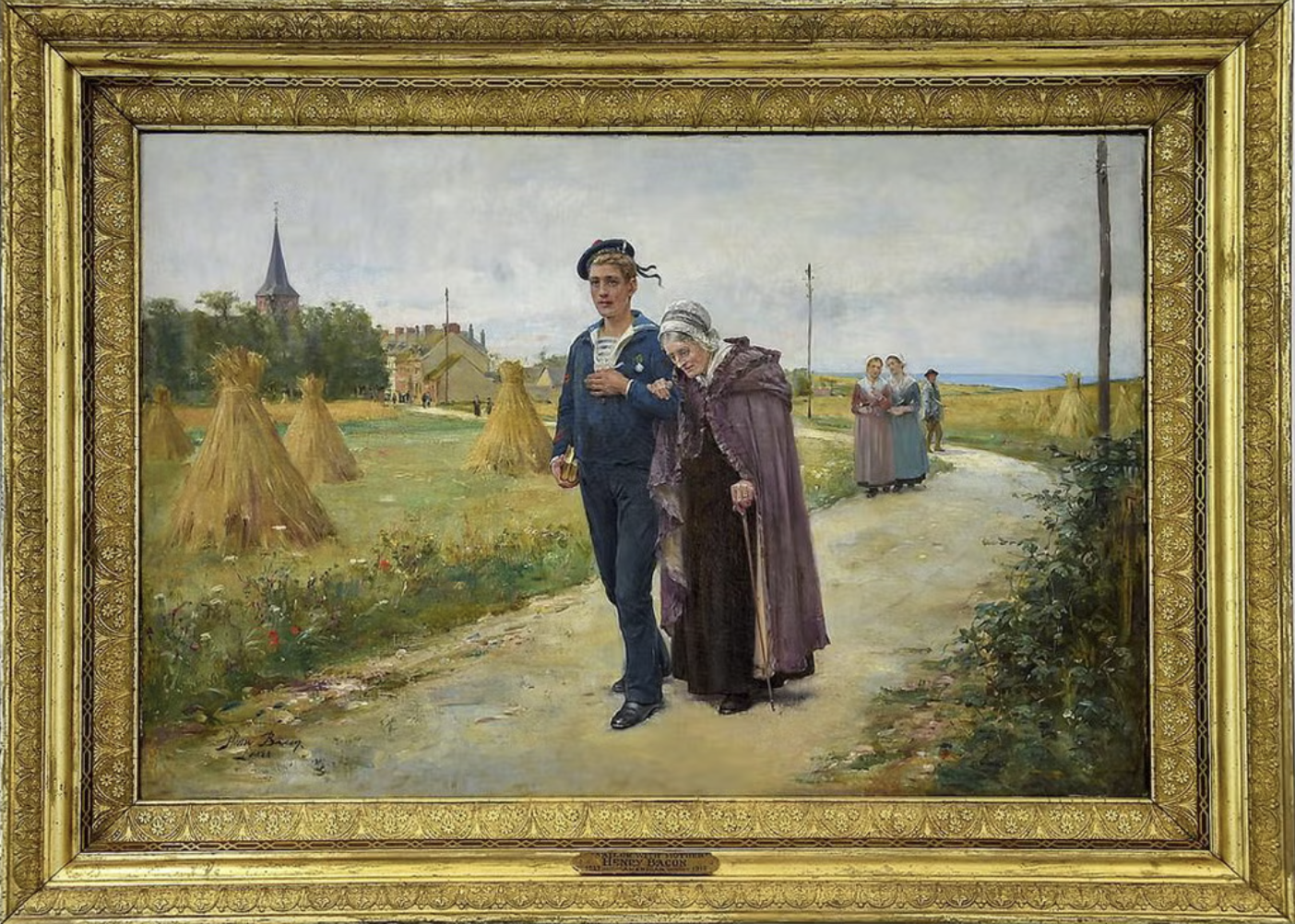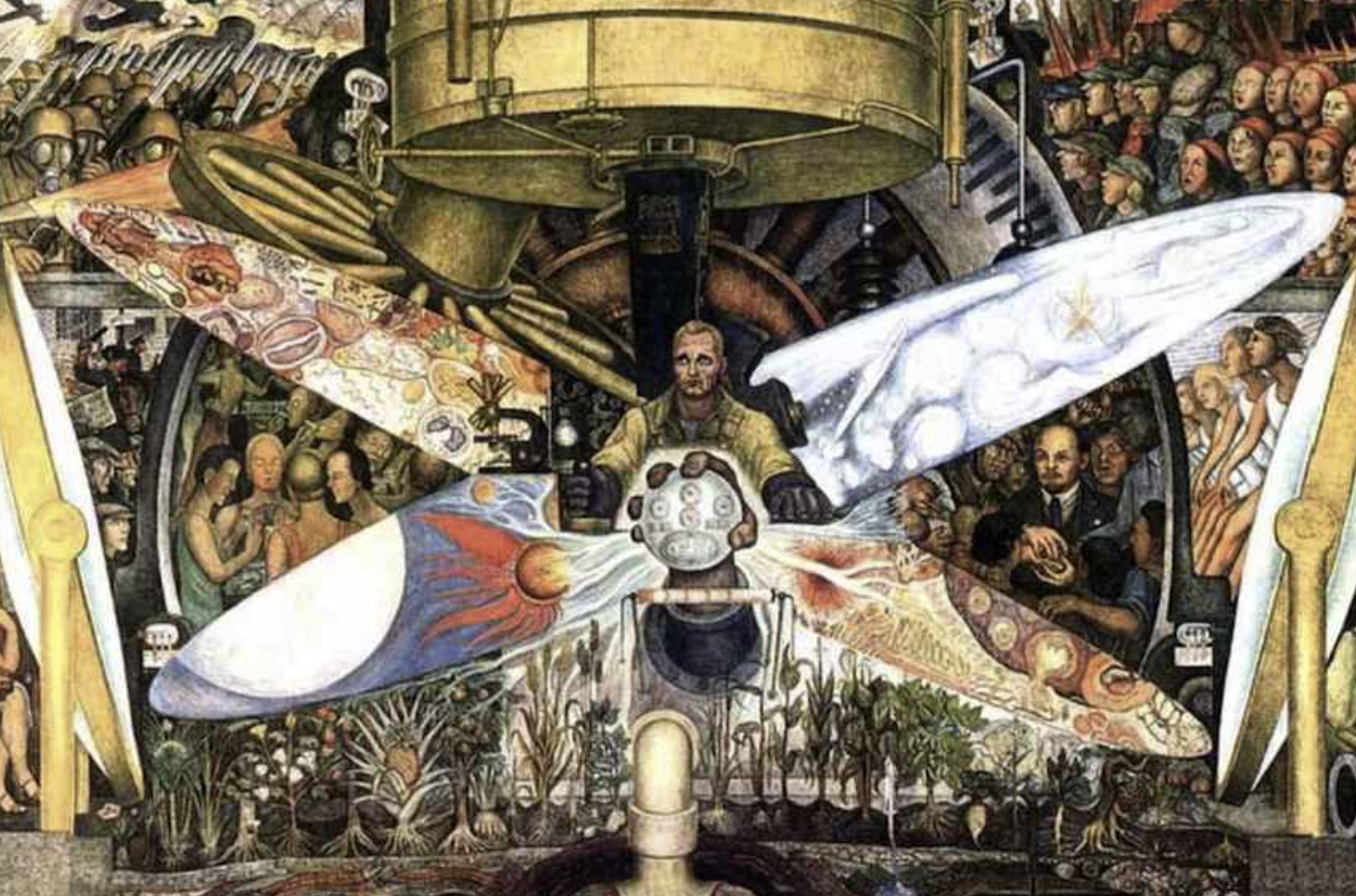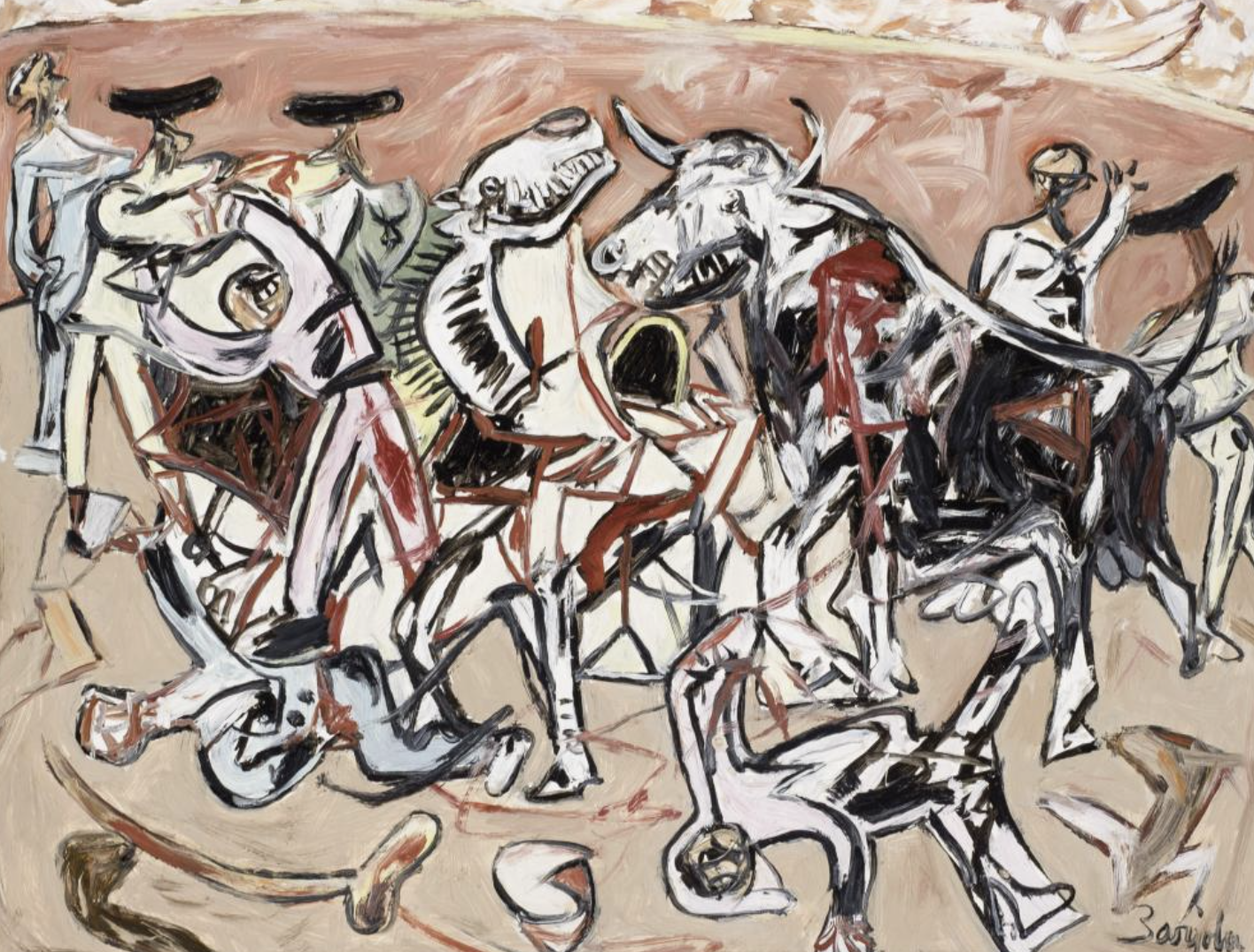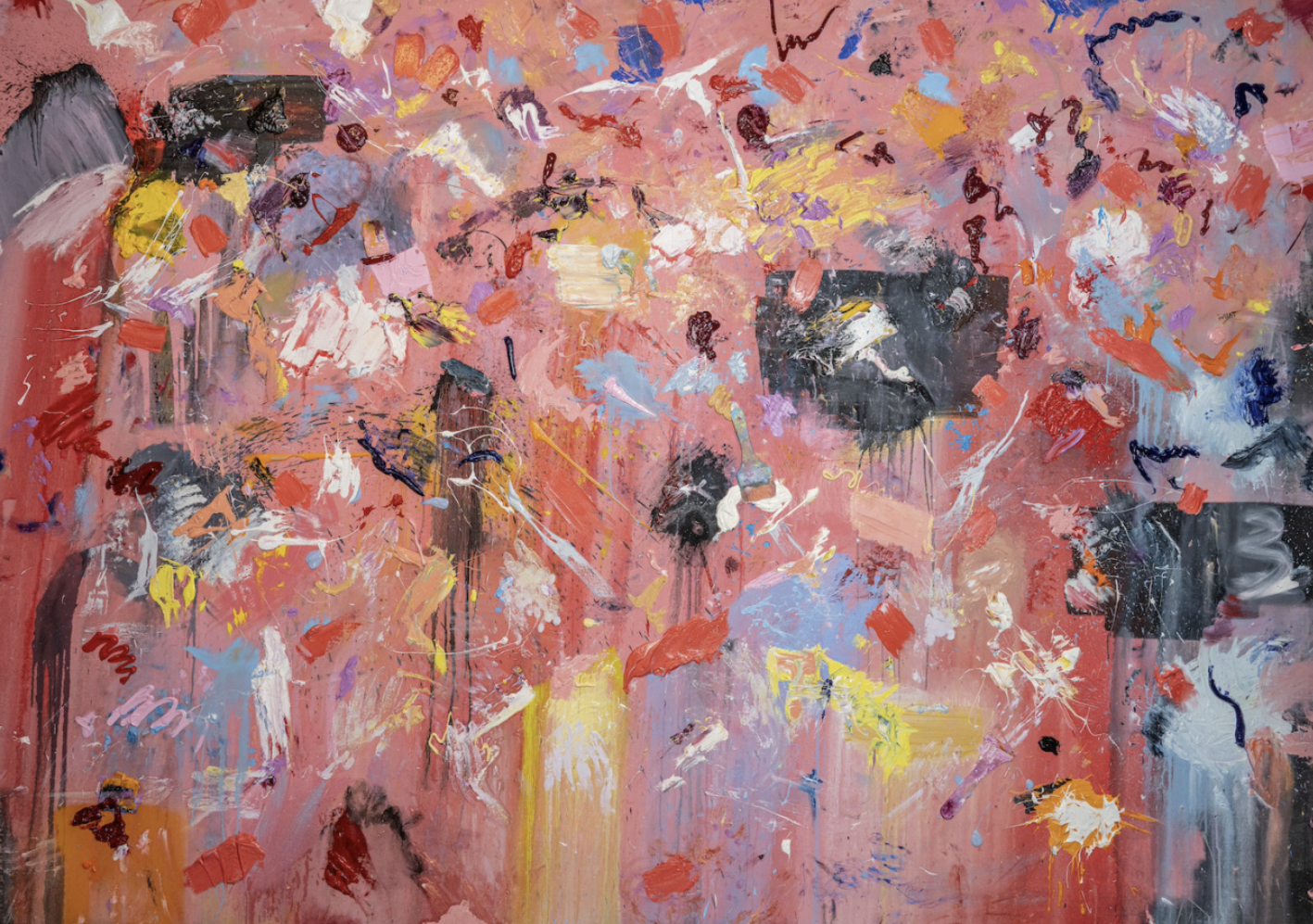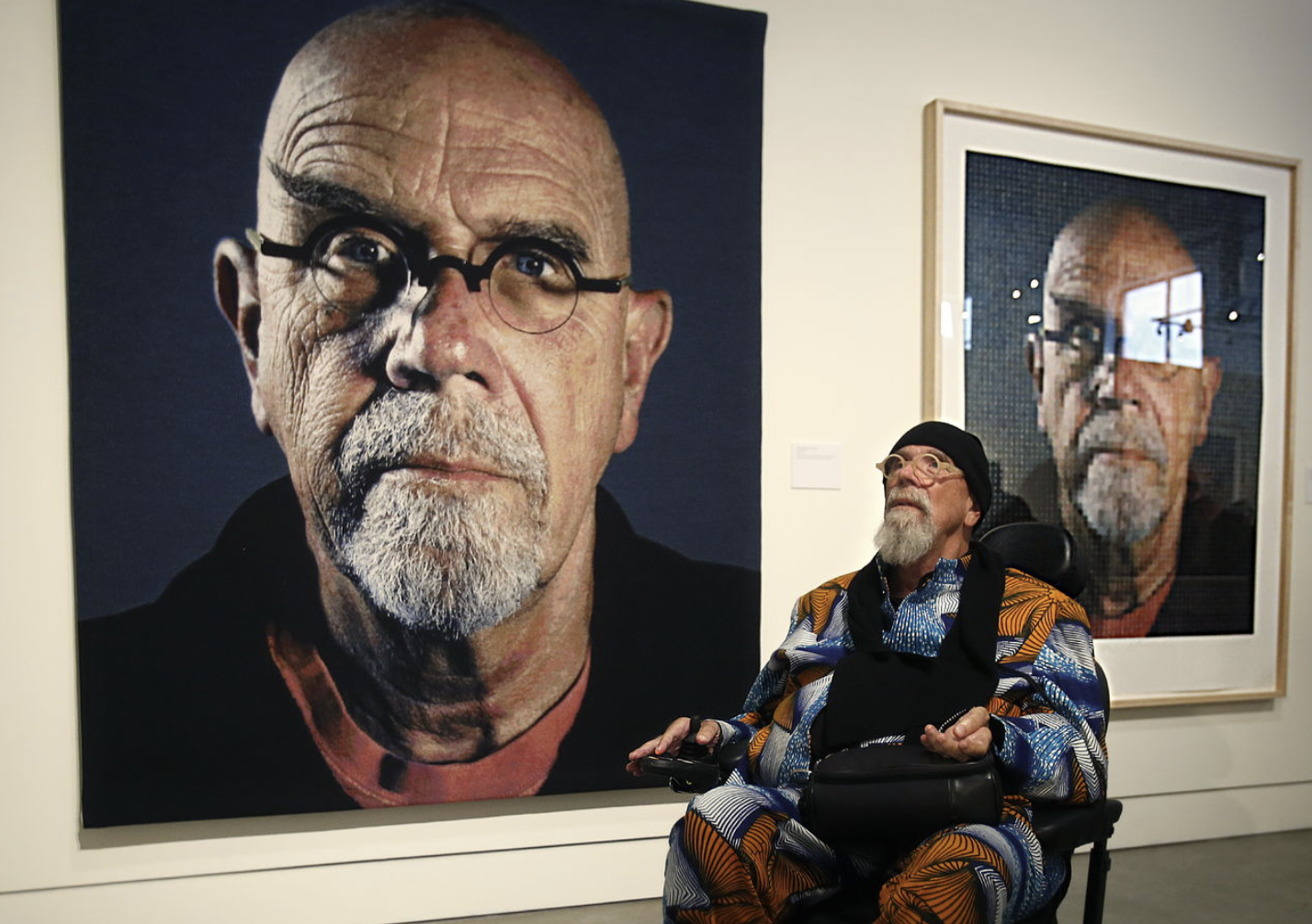
Chuck Close is one of the few artists who truly revolutionized the world of portraiture. Born in 1940 in Monroe, Washington, Close transformed the act of painting faces into something much more complex, using light, shadow, and form to create works that blurred the lines between painting and photography. His hyperrealistic style, which later evolved due to personal challenges, not only showcased his technical prowess but also highlighted his remarkable ability to reinvent himself, making him a legendary figure in the art world.
Early Struggles and Artistic Development
Chuck Close’s journey to becoming an iconic artist was far from traditional. As a child, he faced significant challenges with severe dyslexia and a neuromuscular condition, making academic learning difficult. These obstacles, however, led him to focus even more on visual arts, where he found a medium of expression that transcended words. After completing his Bachelor of Arts degree at the University of Washington in 1962, he continued his education at Yale University. There, he began developing his signature technique—breaking down images into grids. This approach allowed him to meticulously transform photographs into paintings, melding the mechanical precision of photography with the tactile nature of painting.
A Pioneer of Photorealism
During the late 1960s, Close became a leading figure in the Photorealism movement, which was dedicated to capturing the world in minute detail. His large-scale portraits, often of close friends, fellow artists, and himself, highlighted the smallest details of the human face—every wrinkle, pore, and subtle change in expression. His works were not just photo reproductions but redefined how faces could be interpreted in art.
Close’s technique involved dividing his subject into a grid of tiny painted squares, transforming the face into an almost abstract series of blocks. Up close, his paintings appeared fragmented, but from a distance, they came together to form remarkably realistic images. This process led to a deeper exploration of perception, questioning how we identify and recognize faces, a theme that would continue to evolve in his later works.
Adapting to Life’s Challenges
In 1988, Close’s life took a dramatic turn when a spinal artery collapse left him partially paralyzed. Though many might have seen this as the end of his career, Close demonstrated immense resilience. Initially, he painted with a brush held in his mouth and later adapted by strapping the brush to his hand, ensuring that his art could continue despite his physical limitations.
This period also marked a shift in Close’s artistic style. While he maintained the grid technique, his works became more abstract, with vibrant, almost pixelated brushstrokes. These new compositions conveyed a sense of energy and movement, demonstrating that even within the constraints imposed by his condition, Close found fresh ways to express himself.
Exploring New Mediums
In the 1990s, Close expanded his artistic boundaries even further, venturing into photography. He experimented with daguerreotypes, exploring the relationship between sharpness and blur, presence and absence. His retrospectives at major art institutions like the Museo Nacional Centro de Arte Reina Sofía in Madrid and The Hermitage in St. Petersburg solidified his reputation as a pioneering force in the art world.
Although Chuck Close passed away in 2021, his legacy remains powerful. He is remembered not only for his ability to capture the nuances of the human face but also for his resilience in the face of adversity. Close taught the world that art is not just about precision—it’s about interpretation, persistence, and creativity. His influence continues to inspire artists and audiences alike, reminding us that true vision extends beyond clarity to encompass the complexities of human experience.



